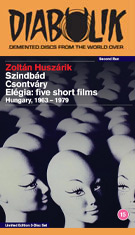
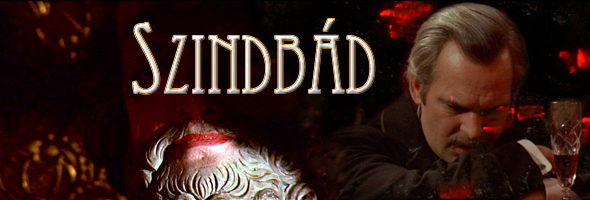
SZINDBAD
Color, 1971, 95 mins. 32 secs.
Directed by Zoltán Huszárik
Starring Zoltán Latinovits, Éva Ruttkai, Margit Dajka, Anna Nagy, Erika Szegedi
Second Run (Blu-ray & DVD) (UK R0 HD/PAL) / WS (1.85:1) (16:9)
CSONTVARY
Color, 1979, 111 mins. 23 secs.
Directed by Zoltán Huszárik
Starring Itschak Fintzi, István Holl, Andrea Drahota
Second Run (Blu-ray) (UK R0 HD) / WS (1.66:1) (16:9)
Absurdly 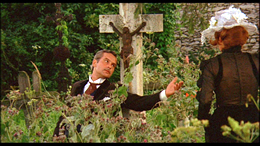 difficult to see in an English-friendly version for decades, the few works of Hungarian filmmaker Zoltán Huszárik have garnered a
difficult to see in an English-friendly version for decades, the few works of Hungarian filmmaker Zoltán Huszárik have garnered a 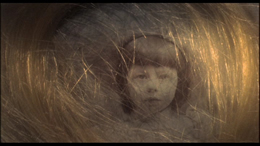 substantial amount of interest in recent years largely on the strength of the first of his two feature films, 1971's Szindbad. An audacious and visually gifted artist, he had already built a reputation from his striking short films and would only go on to one more full-length, very expensive production before taking his own life at the age of 50. The full scope of his achievements is prime territory for U.K. label Second Run, who issued Szindbad on DVD in 2011 but created a far more expansive tribute in 2025 with a three-disc Blu-ray set, Zoltan Huszarik: Collected Works.
substantial amount of interest in recent years largely on the strength of the first of his two feature films, 1971's Szindbad. An audacious and visually gifted artist, he had already built a reputation from his striking short films and would only go on to one more full-length, very expensive production before taking his own life at the age of 50. The full scope of his achievements is prime territory for U.K. label Second Run, who issued Szindbad on DVD in 2011 but created a far more expansive tribute in 2025 with a three-disc Blu-ray set, Zoltan Huszarik: Collected Works.
A visually intoxicating meditation on indulgence and excess, Szindbad adopts its titular character name from Sinbad, an ancient legend which faintly echoes through the wanderings of its narrative. On his deathbed, the ailing Szindbad (Three Nights of Love's Latinovits who, like the director, committed suicide at an early age) reflects back on his randier days in the 1920s. Moving from one woman to the next, he finds himself unable to truly love any of them and succeeds in his seductions all the more because of it. From a snowy romance to a one-night stand saving a woman from suicide, he drifts from one to another (shown wildly out of chronological sequence) and reunites with many of them over the years as their fates all split in different directions, 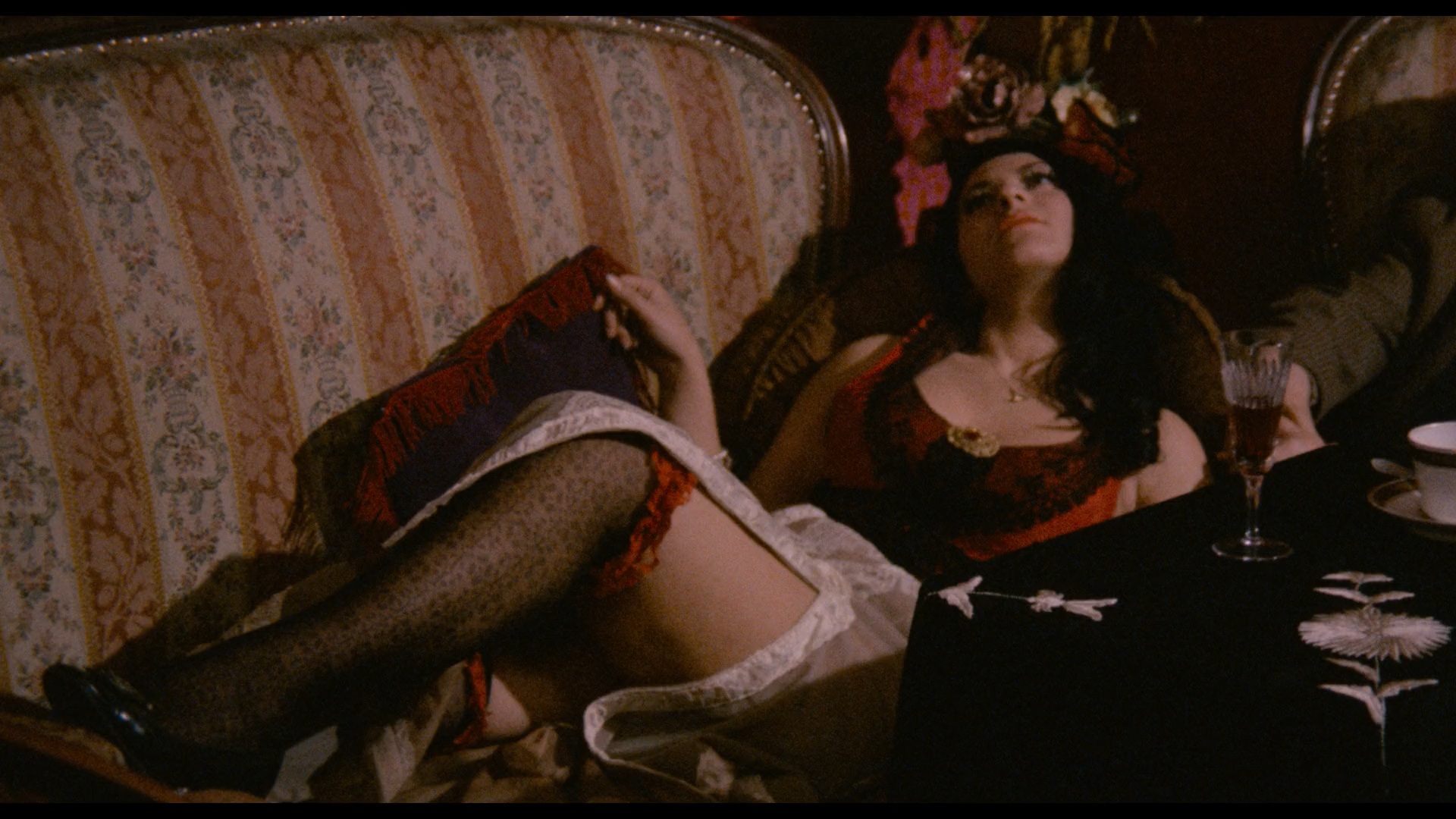 be it
be it 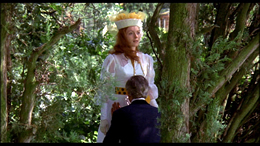 marriage or death.
marriage or death.
Though not completely like any other film out there, Szindbad will at least be accessible to art house devotees who don't mind something that manages to recall Ken Russell and Luchino Visconti at the same time. Stunning landscapes of fields and icescapes rub shoulders with jarring but colorful close-ups of flowers, locks of hair, and congealing oil, while only brief snatches of dialogue manage to tie it all together to remind you this isn't an entirely visual experience. There's a fair amount of nudity, though it's more artistic than erotic (including a memorable scene of outdoor exhibitionism); more surprisingly, there are no sex scenes per se, only a few romantic idylls and suggestive poses. The film was adapted from the works of surrealist writer Gyula Krúdy, renowned in Hungary but little-known elsewhere due to the extreme difficulty in translating his prose.
Second Run had  already proven itself as one of the U.K.'s most valuable cinematic resources when it got around to Szindbad on DVD with an exceptional transfer looking terrific throughout. It really packs a wallop from the opening montage of fragmented close ups, which burst with a riotous array of hues and textures. Every shot is
already proven itself as one of the U.K.'s most valuable cinematic resources when it got around to Szindbad on DVD with an exceptional transfer looking terrific throughout. It really packs a wallop from the opening montage of fragmented close ups, which burst with a riotous array of hues and textures. Every shot is 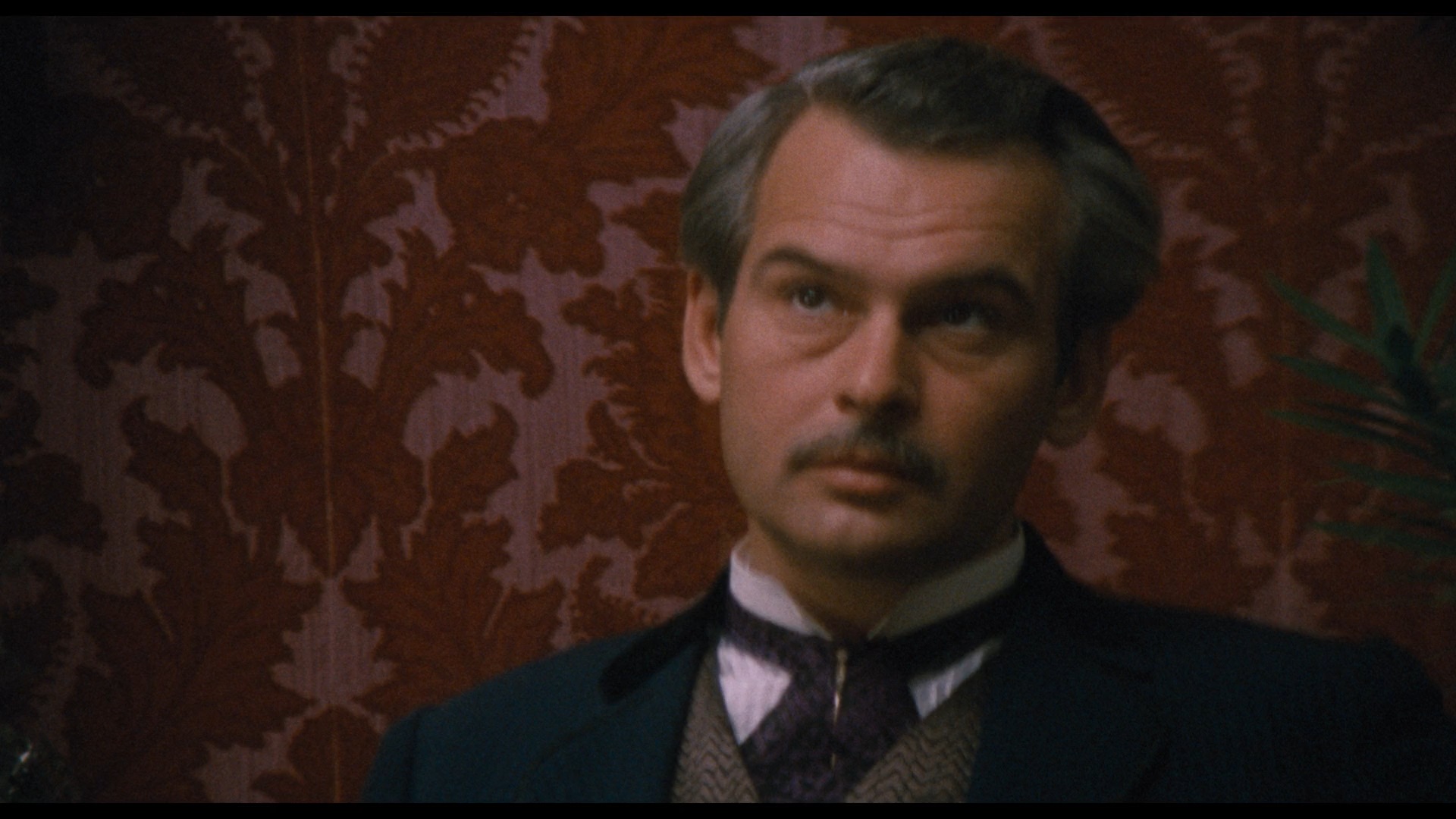 note-perfect, and had the transfer been any less impressive, the film would suffer mightily for it. The optional English subtitles are newly translated and appear to be well-written and accurate as far as they appear, while the mono audio is clear and atmospheric throughout. The sole video extra is a 12m46s featurette with British director Peter Strickland (at the time known for Katalin Varga but now a cult favorite thanks to Berberian Sound Studio, The Duke of Burgundy, In Fabric, etc.) offering his own glowing 12-minute appraisal for the film's abstract aesthetics and his thoughts on Hungary, where he lived for several years; before watching, it might be advisable to also read the liner notes booklet by film historian Michael Brooke, who does a laudable job of discussing the literary source material, explaining the implications of the main character's name, and even mentioning an earlier 300-page(!) draft of the screenplay.
note-perfect, and had the transfer been any less impressive, the film would suffer mightily for it. The optional English subtitles are newly translated and appear to be well-written and accurate as far as they appear, while the mono audio is clear and atmospheric throughout. The sole video extra is a 12m46s featurette with British director Peter Strickland (at the time known for Katalin Varga but now a cult favorite thanks to Berberian Sound Studio, The Duke of Burgundy, In Fabric, etc.) offering his own glowing 12-minute appraisal for the film's abstract aesthetics and his thoughts on Hungary, where he lived for several years; before watching, it might be advisable to also read the liner notes booklet by film historian Michael Brooke, who does a laudable job of discussing the literary source material, explaining the implications of the main character's name, and even mentioning an earlier 300-page(!) draft of the screenplay.
Presented as the first disc in the subsequent Blu-ray set, Szindbad improves on the already stellar SD master with warmer flesh tones and heightened detail; the one major difference is flatter black levels though in motion the difference isn't that dramatic. The source here is a new 4K restoration from the National Film Institute Hungary – Film Archive, which is also the case with the second feature we'll get to momentarily. The subtitles are also improved, and the LPCM 2.0 mono Hungarian audio sounds excellent. The Strickland piece is carried over here, followed by the Hungary Film Archive's "The World of Krudy and Huszarik" (21m52s) with author Gelencsér Gábor and historian Tibor Gintli conversing about the director and Krúdy's "visual text" that took 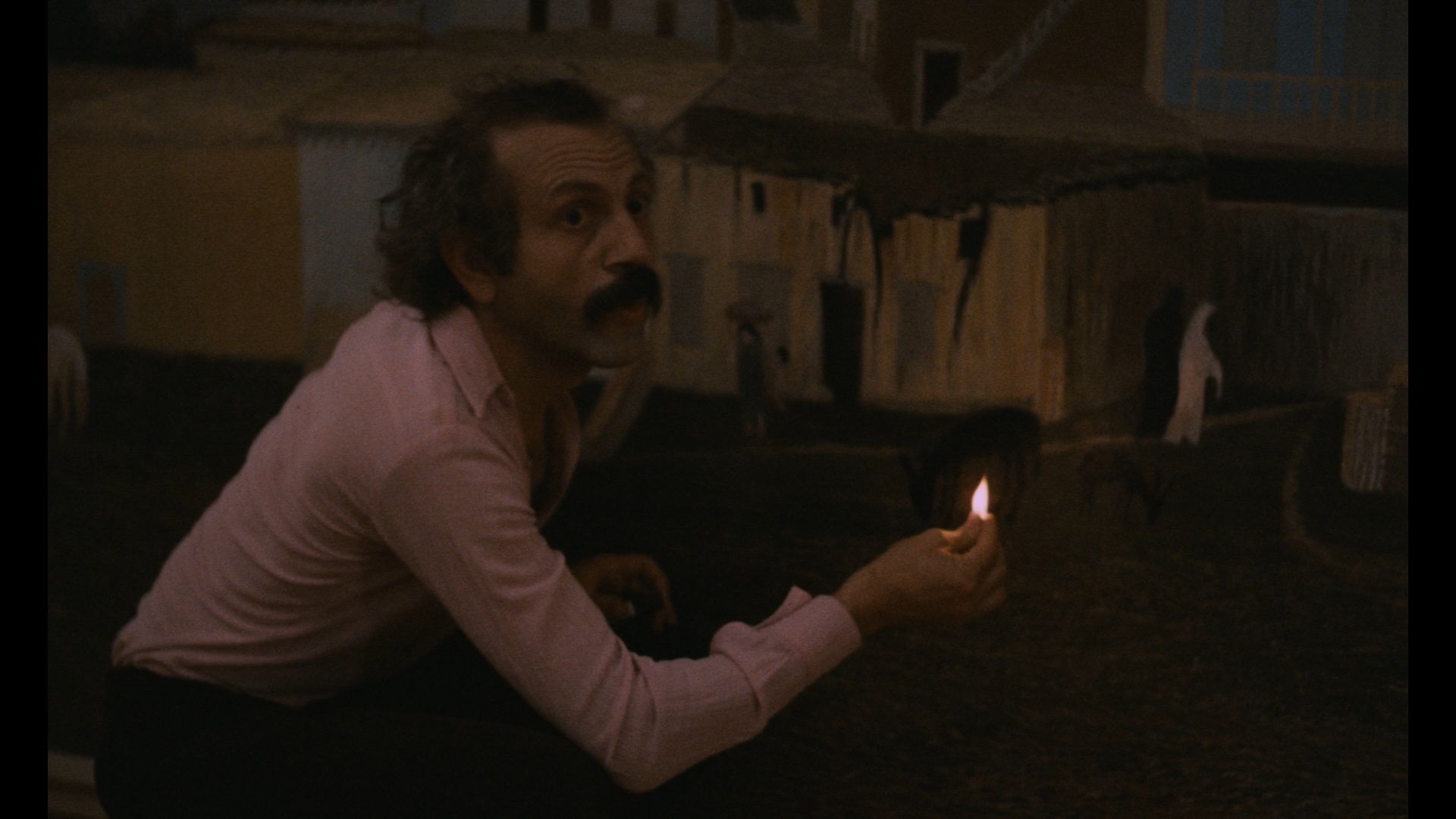 precedence
precedence 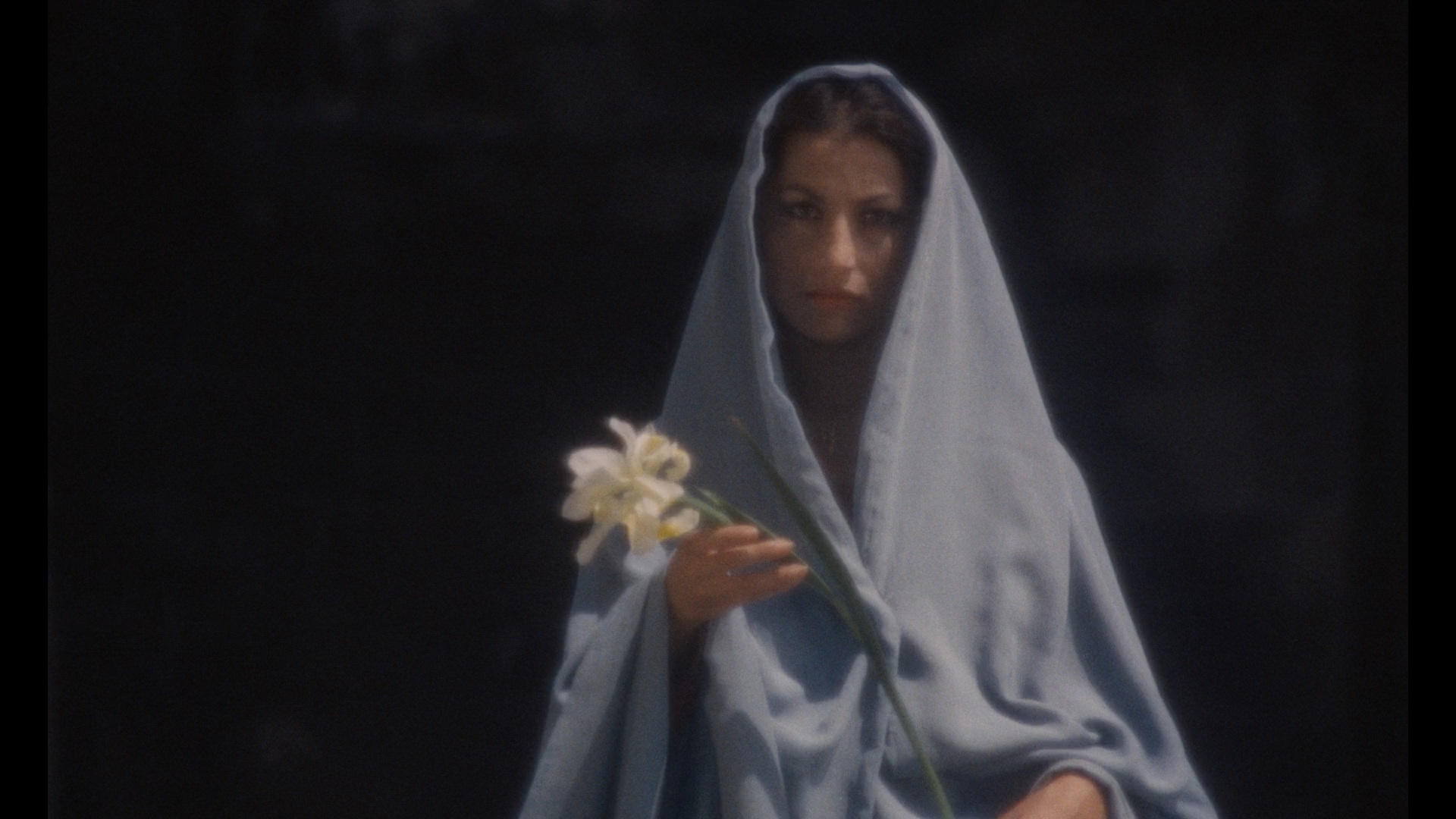 over narrative. "Huszarik and Contemporary Music" (23m38s) features composer and collaborator Zoltan Jeney chatting about their working relationship on both long and short-form films, the other Hungarian directors he partnered with, the filmmaker's melancholic side, and his sonic approach to integrating everything from prayers to an antique gramophone into the soundscape here. Finally, "Inside the Popular Science Film Studio" (2m29s) is a short newsreel covering the macro photographic effects used in the film involving multiple scientists.
over narrative. "Huszarik and Contemporary Music" (23m38s) features composer and collaborator Zoltan Jeney chatting about their working relationship on both long and short-form films, the other Hungarian directors he partnered with, the filmmaker's melancholic side, and his sonic approach to integrating everything from prayers to an antique gramophone into the soundscape here. Finally, "Inside the Popular Science Film Studio" (2m29s) is a short newsreel covering the macro photographic effects used in the film involving multiple scientists.
It took almost nine years to see the completion of Csontváry, a challenging and expensive production whose dismal box office fortunes are thought to have contributed to the filmmaker's collapse. While Szindbad deliberately shied away from any lovemaking, this one concerns the legendary and mentally eccentric painter Tivadar Csontváry Kosztka without showing him actually applying paint. Instead the fractured, experimental approach is used to show how he went to increasingly extreme means to find the right subject for his work, which is also filtered through a film crew working on a production about him years later. Bulgarian actor Itschak Fintzi 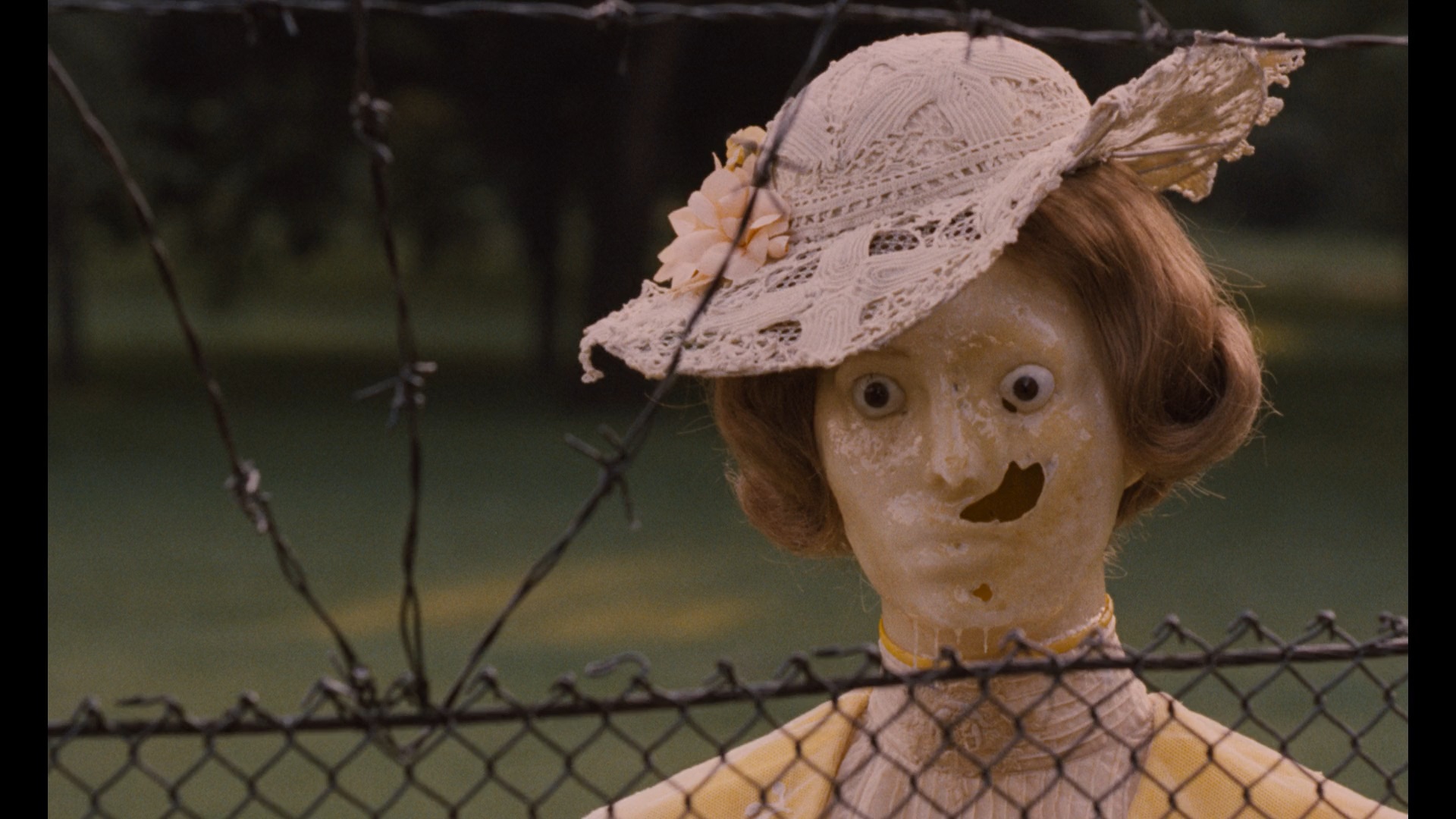 steps in (Latinovits, for whom the role was conceived, died before filming) to play both the biographical subject and the
steps in (Latinovits, for whom the role was conceived, died before filming) to play both the biographical subject and the 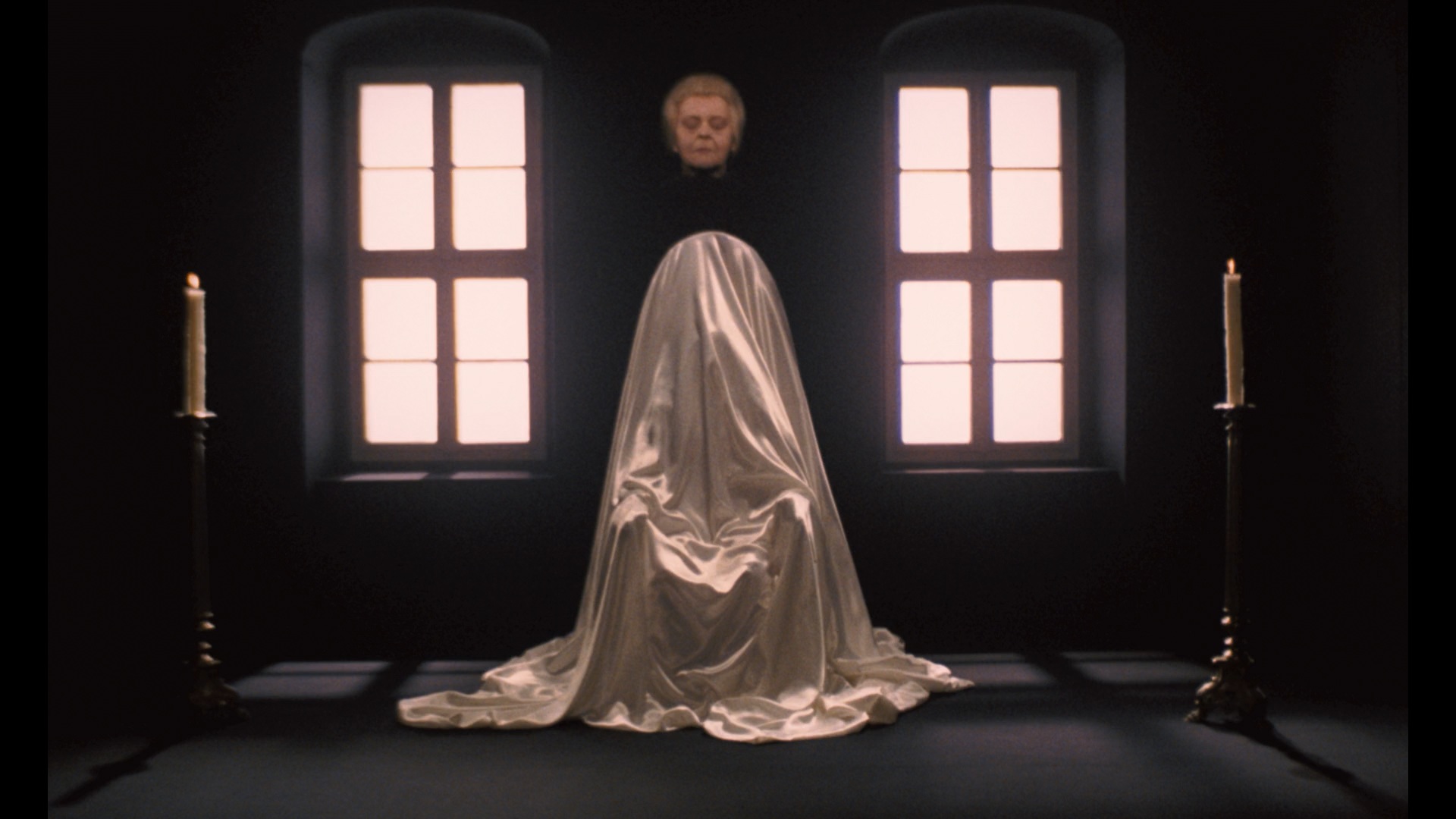 actor embodying him in a new film. That's pretty much it as far as a traditional narrative goes, with the film sliding between the two as we see the artist's work (often in that trademark macro style) alternating with its conception including wild fantasy sequences (the standout involving numerous mannequins) and scenarios threatening physical danger to find the perfect vantage point.
actor embodying him in a new film. That's pretty much it as far as a traditional narrative goes, with the film sliding between the two as we see the artist's work (often in that trademark macro style) alternating with its conception including wild fantasy sequences (the standout involving numerous mannequins) and scenarios threatening physical danger to find the perfect vantage point.
Again this one was restored in 4K from the negative and will be a completely new experience for most viewers, bound to draw comparisons to the work of Russell again (this time splashes of Mahler and Savage Messiah) and Andrzej Zulawski. Fintzi isn't called on to do much emoting here; instead he just has to look compelling on camera as he's hurled through one hallucinatory moment after another. It's quite the ride, this time mixed with an aggressive stereo mix that sounds great on the Blu-ray (as LPCM 2.0 with optional English subtitles). The presentation looks 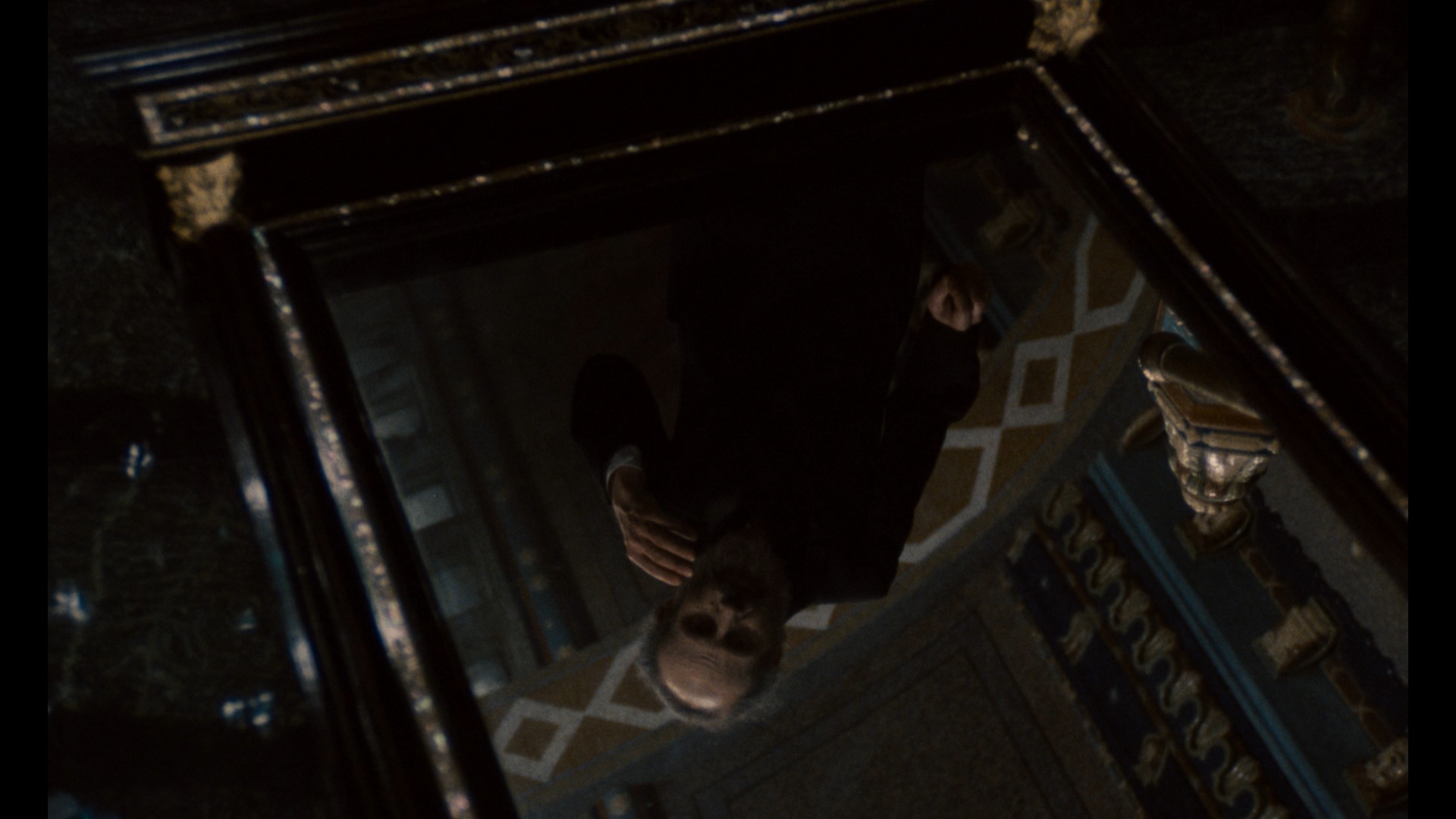 excellent and is presumably accurate, given that there's little before this to provide any comparison. The new Hungarian Film Archive featurette "Who is Zoltán Huszárik?" (10m20s) covers
excellent and is presumably accurate, given that there's little before this to provide any comparison. The new Hungarian Film Archive featurette "Who is Zoltán Huszárik?" (10m20s) covers  the essentials of the director's editorial and photographic trademarks while providing a few biographical facts, followed by a 3m21s newsreel featuring extensive on-set footage and a bit of interviewing with the filmmaker.
the essentials of the director's editorial and photographic trademarks while providing a few biographical facts, followed by a 3m21s newsreel featuring extensive on-set footage and a bit of interviewing with the filmmaker.
The third Blu-ray is dedicated entirely to Huszárik's significant short film work starting with his graduation project, 1963's Groteszk (11m50s), presented in SD as preserved by the Hungarian Film Archive. A jazz-scored monochrome mood piece, it features a chain-smoking artist lugging around his self-portrait on his back through a station and onto a train where he meets a peculiar destination. 1965's Elegy (Elégia) (21m3s) is an incredibly filmed and heartbreaking depiction of horses starting with their free roaming in the countryside and roles in cave paintings through their modern use as manual labor, gambling pawns, and slaughterhouse fodder. (Yes, you see the last part in some fleeting documentary footage, so be warned.) 1969's Capriccio (17m47s) is 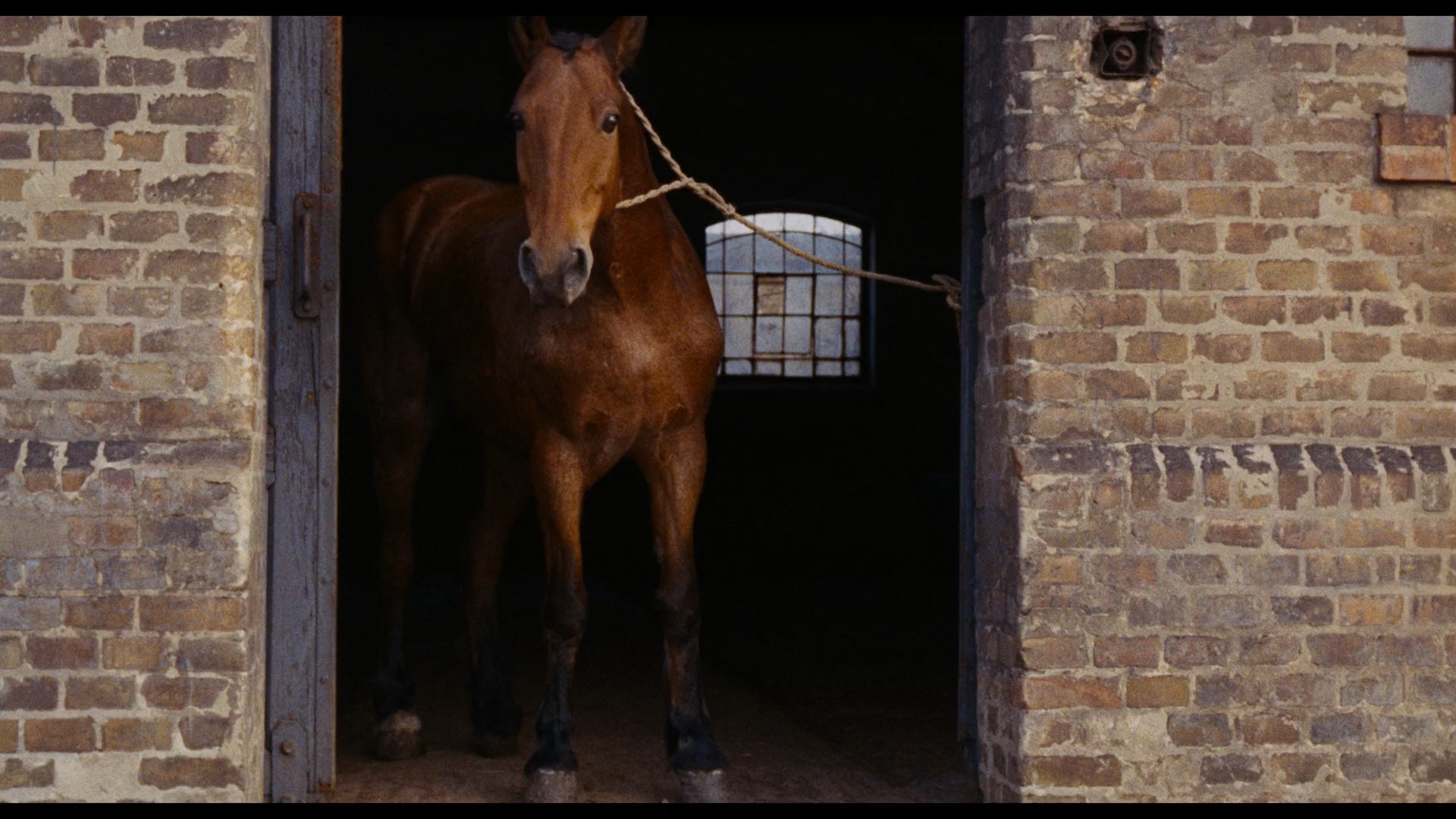 another artfully composed film poem, here featuring a group of kids building a snowman who becomes
another artfully composed film poem, here featuring a group of kids building a snowman who becomes 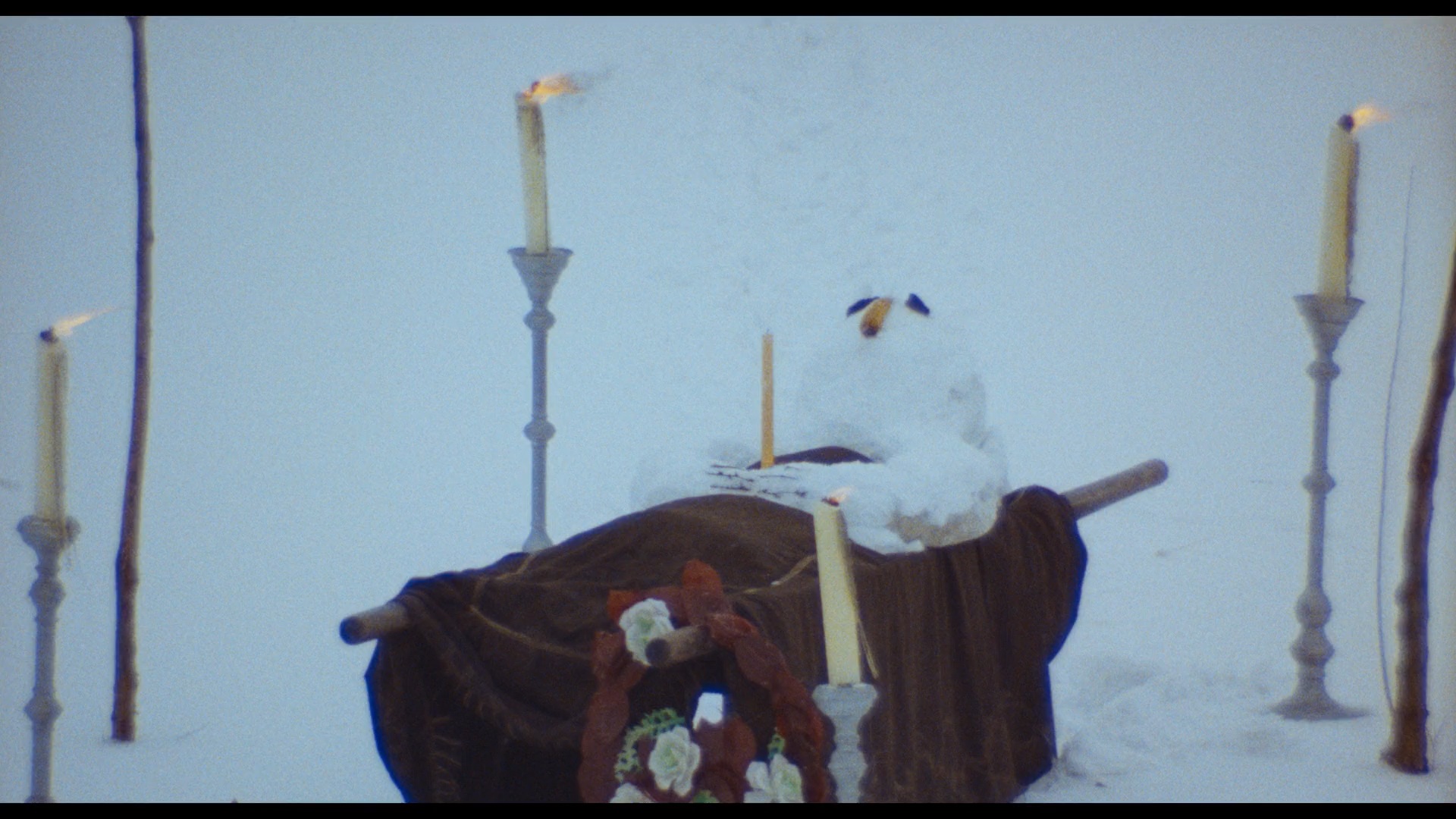 adorned with various cultural symbols and is destined to fade away during the impending thaw. 1972's Homage to Old Women (13m15s) also uses the seasons as a backdrop, here showing the lives of elderly war widows intercut with jolting World War II imagery. Finally 1976's A Piacere (22m20s) continues the war motif for a look at the rites of death through funerals, classic paintings, and imagery of genocide. All of these films are presented from 4K restorations and look immaculate. Each disc in the set comes in its own case, with the two feature films getting their own booklets with essential and informative essays by Michael Brooke. The one for Szindbad is an updating and expansion on his one for the DVD (plus archival notes from the director), while the notes for Csontváry are obviously completely new. Offering a thorough chronicle of the film's creation and its more challenging and frustrating aspects, it also draws pertinent comparisons to The Debussy Film and The French Lieutenant's Woman, points out parallels to Tarkovsky, and makes a case for why this film should be far better known than it is to date.
adorned with various cultural symbols and is destined to fade away during the impending thaw. 1972's Homage to Old Women (13m15s) also uses the seasons as a backdrop, here showing the lives of elderly war widows intercut with jolting World War II imagery. Finally 1976's A Piacere (22m20s) continues the war motif for a look at the rites of death through funerals, classic paintings, and imagery of genocide. All of these films are presented from 4K restorations and look immaculate. Each disc in the set comes in its own case, with the two feature films getting their own booklets with essential and informative essays by Michael Brooke. The one for Szindbad is an updating and expansion on his one for the DVD (plus archival notes from the director), while the notes for Csontváry are obviously completely new. Offering a thorough chronicle of the film's creation and its more challenging and frustrating aspects, it also draws pertinent comparisons to The Debussy Film and The French Lieutenant's Woman, points out parallels to Tarkovsky, and makes a case for why this film should be far better known than it is to date.
SZINDBAD: Blu-ray
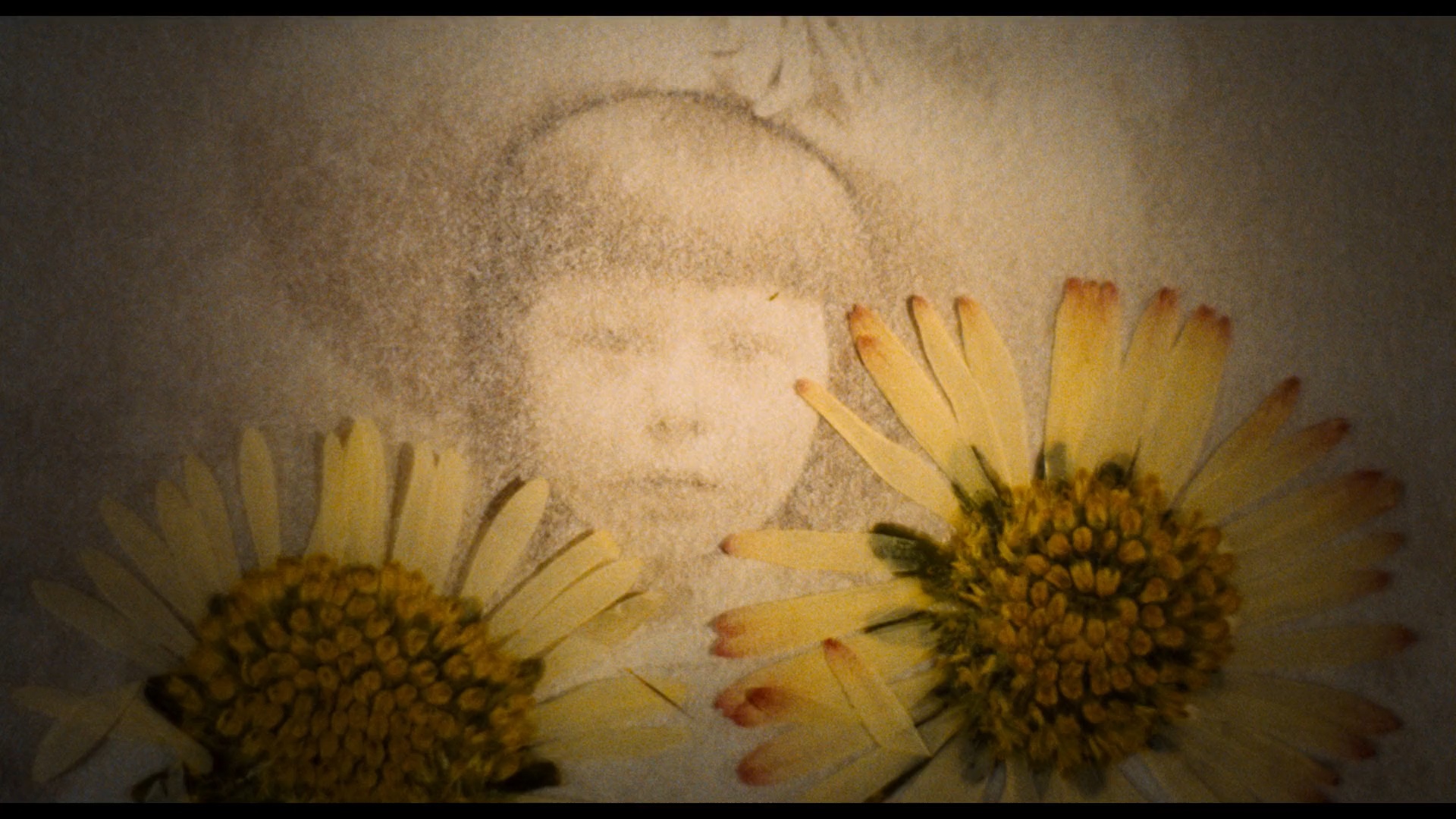
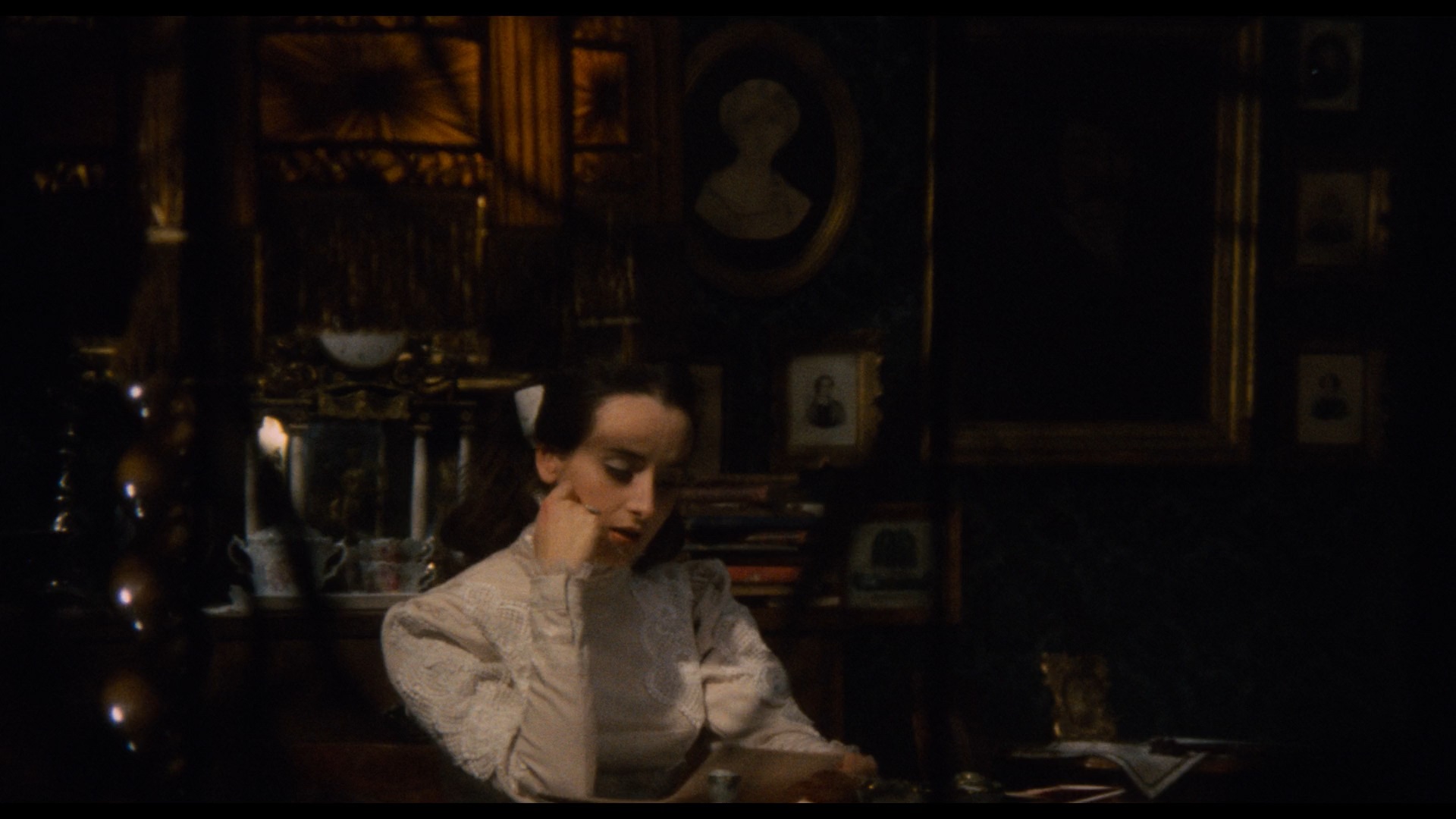
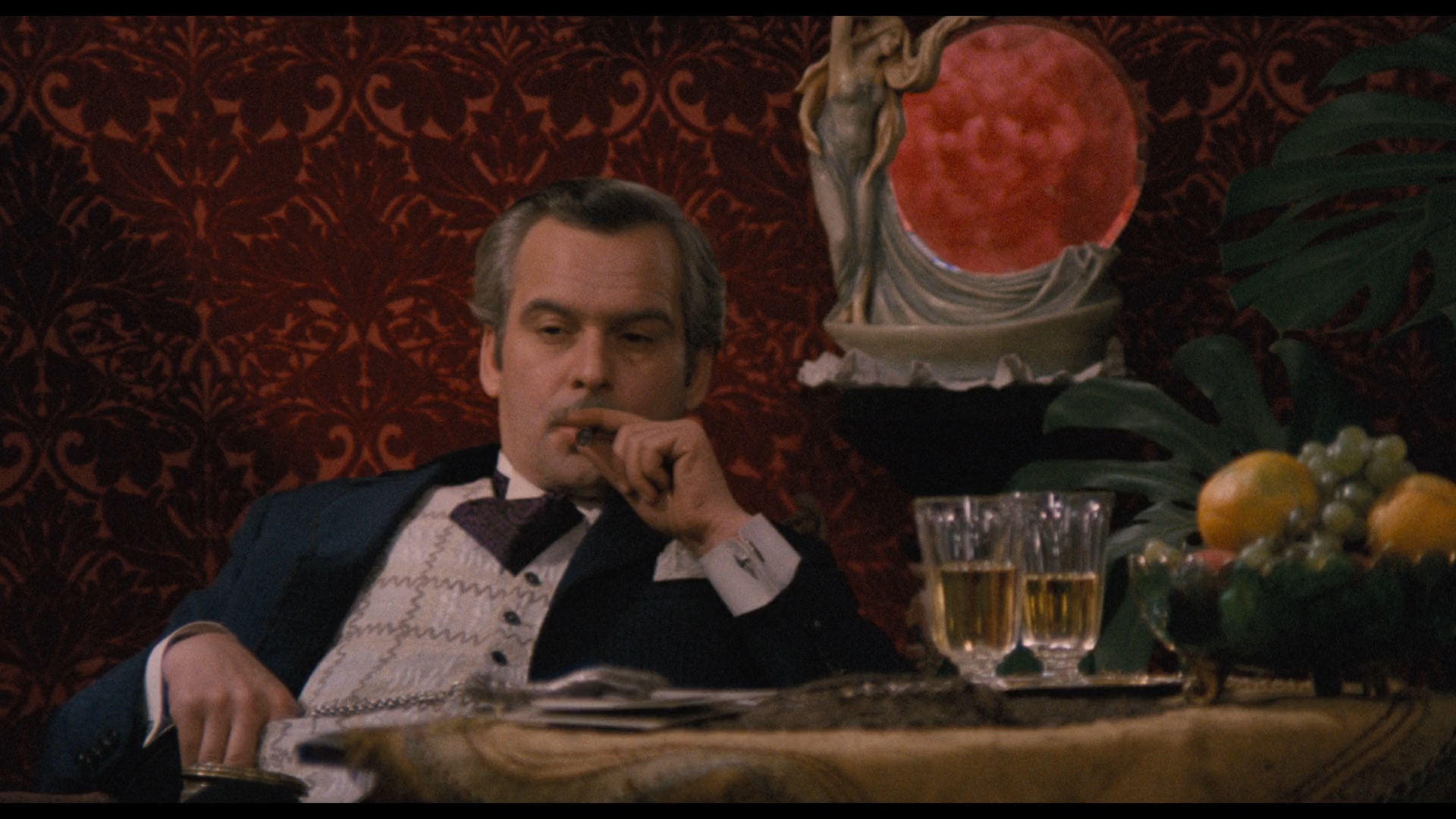
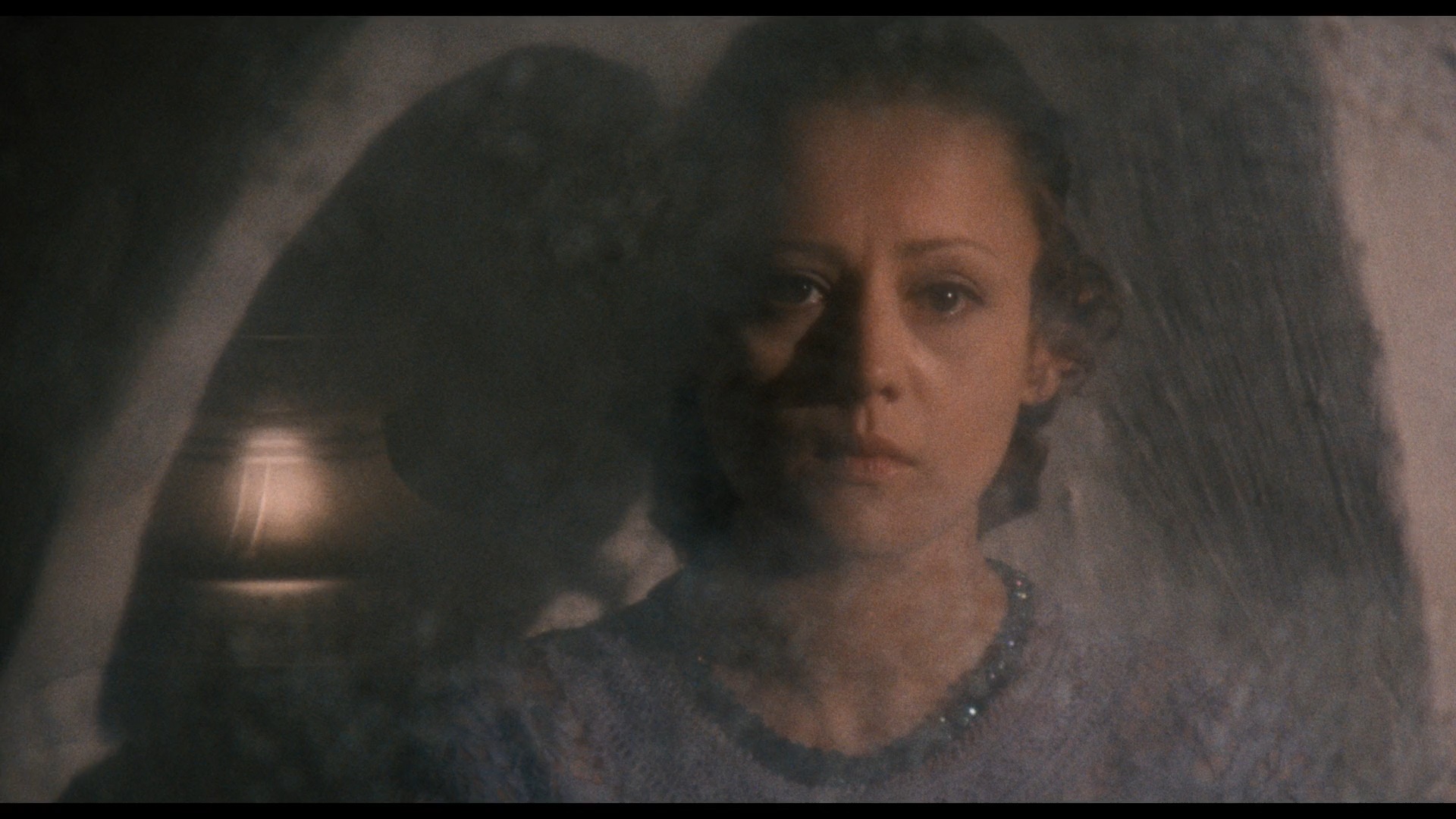
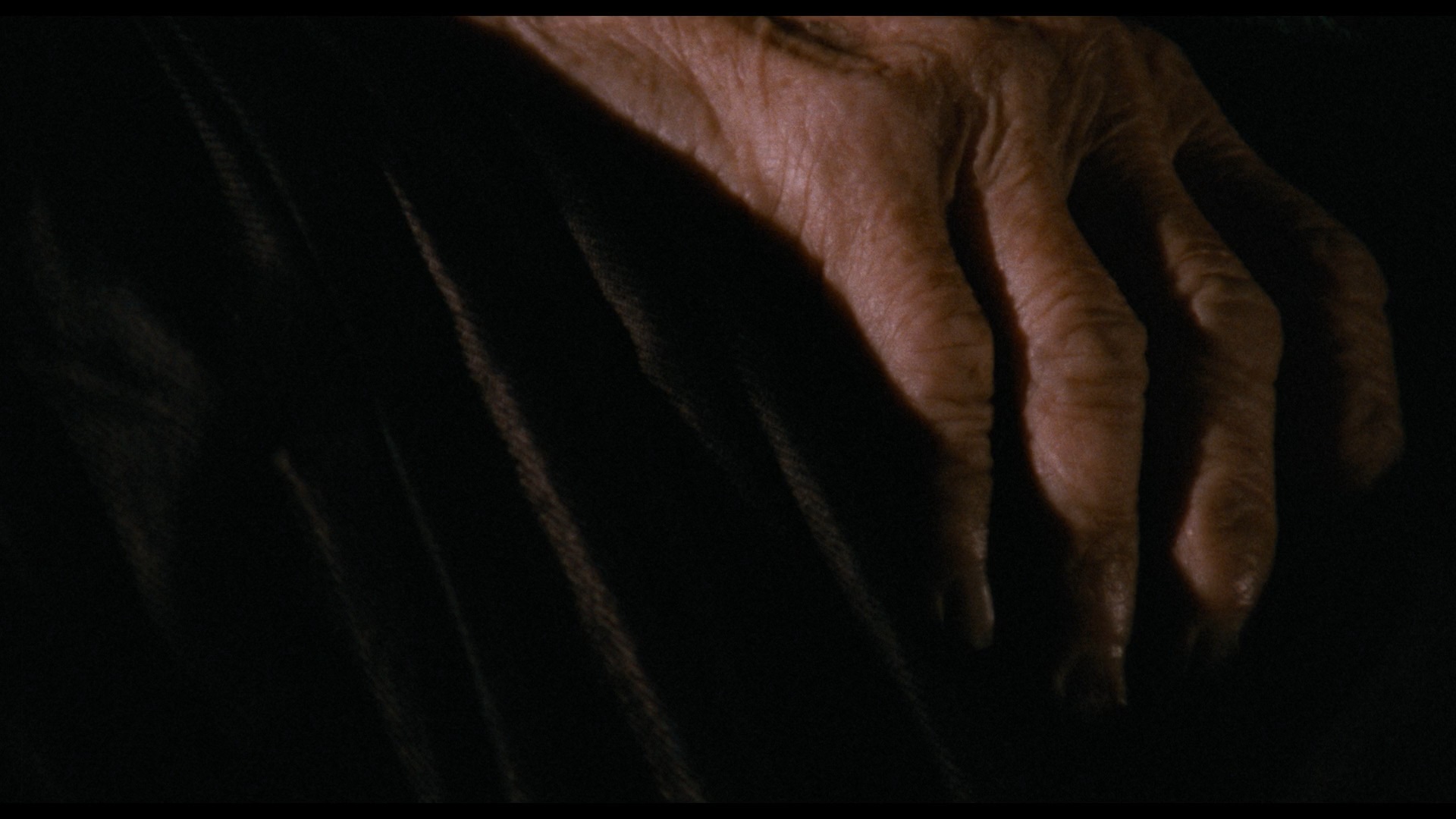
SZINDBAD: DVD
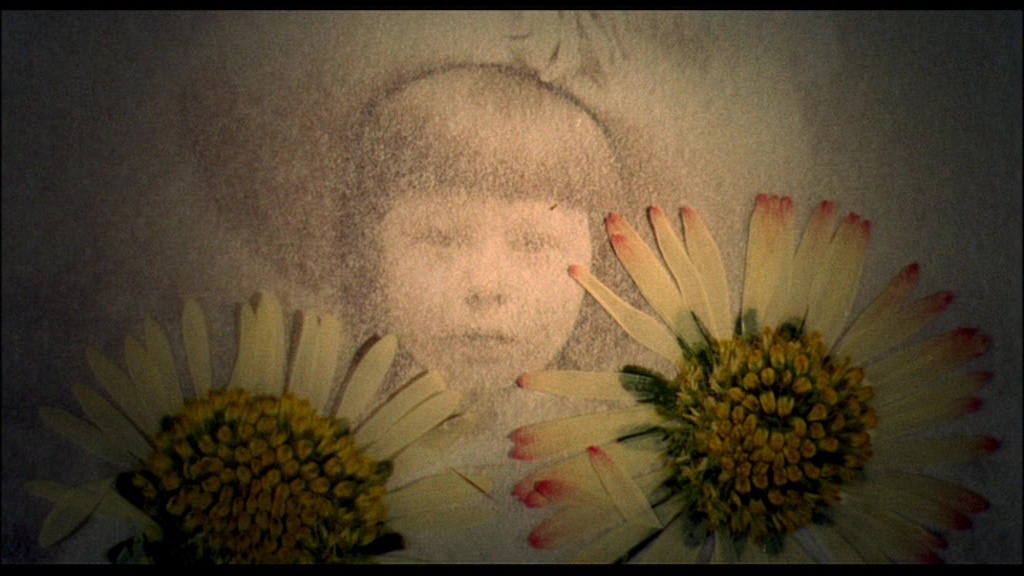
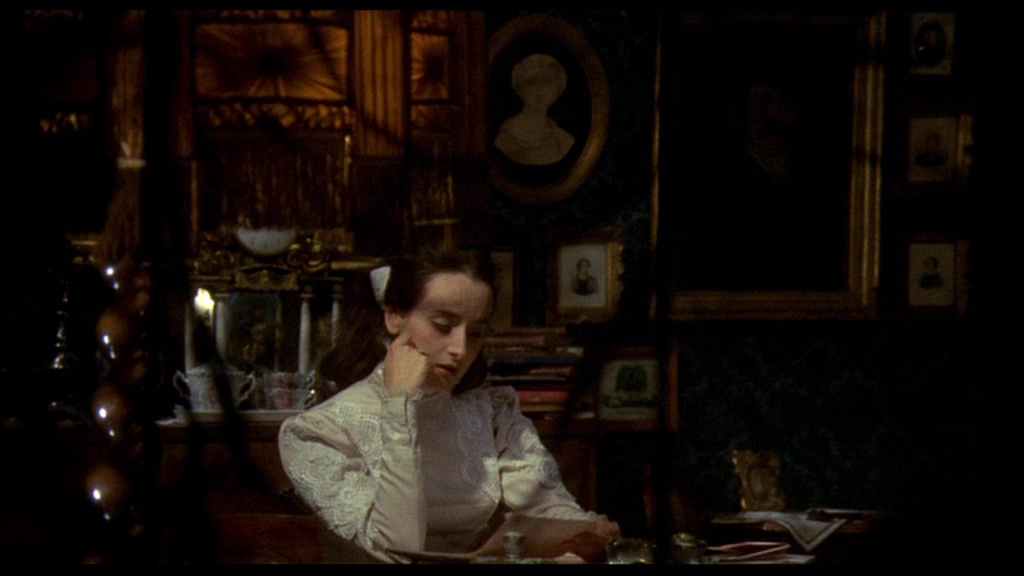
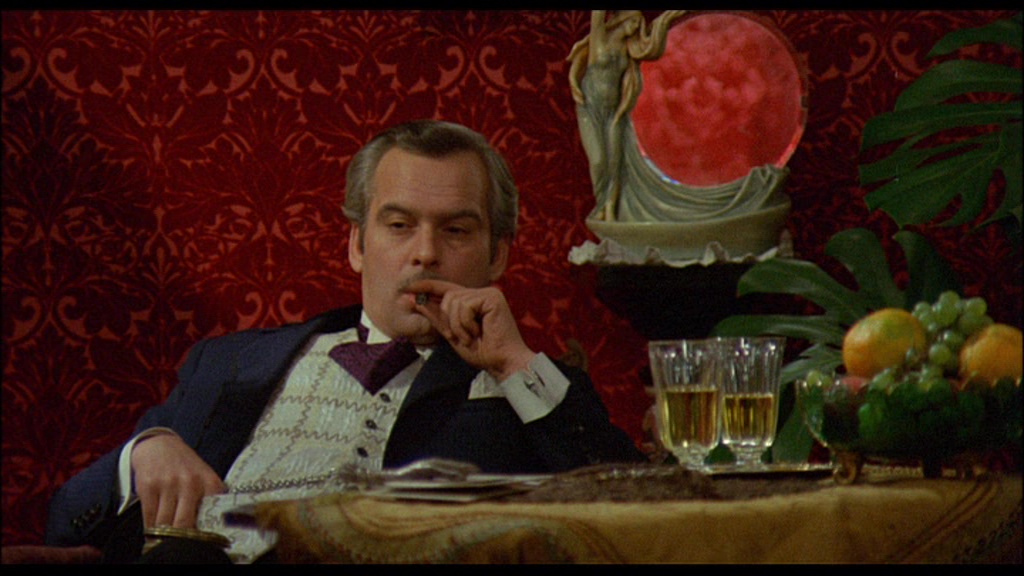

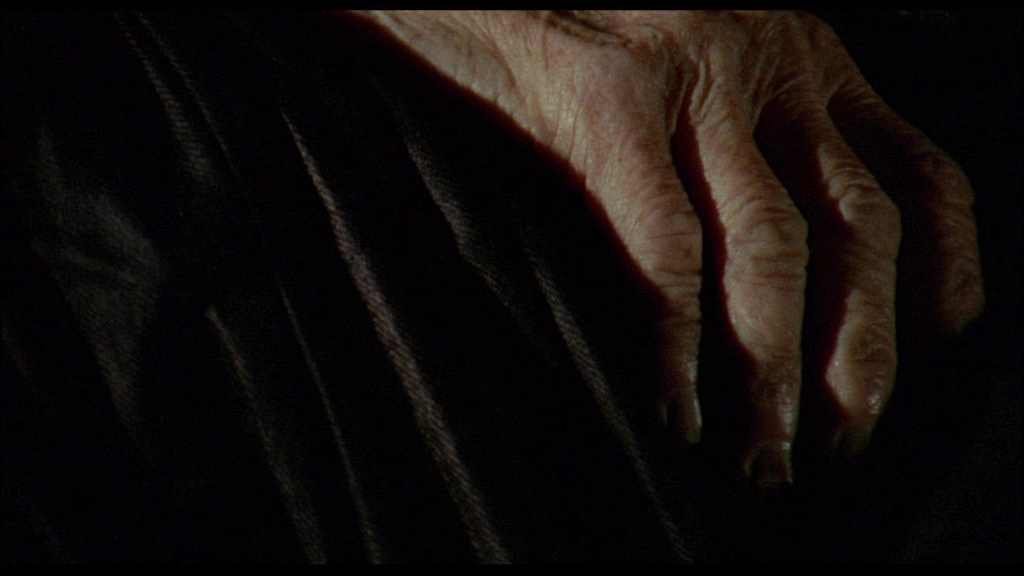
Reviewed on August 4, 2025


 difficult to see in an English-friendly version for decades, the few works of Hungarian filmmaker Zoltán Huszárik have garnered a
difficult to see in an English-friendly version for decades, the few works of Hungarian filmmaker Zoltán Huszárik have garnered a  substantial amount of interest in recent years largely on the strength of the first of his two feature films, 1971's Szindbad. An audacious and visually gifted artist, he had already built a reputation from his striking short films and would only go on to one more full-length, very expensive production before taking his own life at the age of 50. The full scope of his achievements is prime territory for U.K. label Second Run, who issued Szindbad on DVD in 2011 but created a far more expansive tribute in 2025 with a three-disc Blu-ray set, Zoltan Huszarik: Collected Works.
substantial amount of interest in recent years largely on the strength of the first of his two feature films, 1971's Szindbad. An audacious and visually gifted artist, he had already built a reputation from his striking short films and would only go on to one more full-length, very expensive production before taking his own life at the age of 50. The full scope of his achievements is prime territory for U.K. label Second Run, who issued Szindbad on DVD in 2011 but created a far more expansive tribute in 2025 with a three-disc Blu-ray set, Zoltan Huszarik: Collected Works.  be it
be it  marriage or death.
marriage or death.  already proven itself as one of the U.K.'s most valuable cinematic resources when it got around to Szindbad on DVD with an exceptional transfer looking terrific throughout. It really packs a wallop from the opening montage of fragmented close ups, which burst with a riotous array of hues and textures. Every shot is
already proven itself as one of the U.K.'s most valuable cinematic resources when it got around to Szindbad on DVD with an exceptional transfer looking terrific throughout. It really packs a wallop from the opening montage of fragmented close ups, which burst with a riotous array of hues and textures. Every shot is  note-perfect, and had the transfer been any less impressive, the film would suffer mightily for it. The optional English subtitles are newly translated and appear to be well-written and accurate as far as they appear, while the mono audio is clear and atmospheric throughout. The sole video extra is a 12m46s featurette with British director Peter Strickland (at the time known for Katalin Varga but now a cult favorite thanks to Berberian Sound Studio, The Duke of Burgundy, In Fabric, etc.) offering his own glowing 12-minute appraisal for the film's abstract aesthetics and his thoughts on Hungary, where he lived for several years; before watching, it might be advisable to also read the liner notes booklet by film historian Michael Brooke, who does a laudable job of discussing the literary source material, explaining the implications of the main character's name, and even mentioning an earlier 300-page(!) draft of the screenplay.
note-perfect, and had the transfer been any less impressive, the film would suffer mightily for it. The optional English subtitles are newly translated and appear to be well-written and accurate as far as they appear, while the mono audio is clear and atmospheric throughout. The sole video extra is a 12m46s featurette with British director Peter Strickland (at the time known for Katalin Varga but now a cult favorite thanks to Berberian Sound Studio, The Duke of Burgundy, In Fabric, etc.) offering his own glowing 12-minute appraisal for the film's abstract aesthetics and his thoughts on Hungary, where he lived for several years; before watching, it might be advisable to also read the liner notes booklet by film historian Michael Brooke, who does a laudable job of discussing the literary source material, explaining the implications of the main character's name, and even mentioning an earlier 300-page(!) draft of the screenplay. precedence
precedence  over narrative. "Huszarik and Contemporary Music" (23m38s) features composer and collaborator Zoltan Jeney chatting about their working relationship on both long and short-form films, the other Hungarian directors he partnered with, the filmmaker's melancholic side, and his sonic approach to integrating everything from prayers to an antique gramophone into the soundscape here. Finally, "Inside the Popular Science Film Studio" (2m29s) is a short newsreel covering the macro photographic effects used in the film involving multiple scientists.
over narrative. "Huszarik and Contemporary Music" (23m38s) features composer and collaborator Zoltan Jeney chatting about their working relationship on both long and short-form films, the other Hungarian directors he partnered with, the filmmaker's melancholic side, and his sonic approach to integrating everything from prayers to an antique gramophone into the soundscape here. Finally, "Inside the Popular Science Film Studio" (2m29s) is a short newsreel covering the macro photographic effects used in the film involving multiple scientists. steps in (Latinovits, for whom the role was conceived, died before filming) to play both the biographical subject and the
steps in (Latinovits, for whom the role was conceived, died before filming) to play both the biographical subject and the  actor embodying him in a new film. That's pretty much it as far as a traditional narrative goes, with the film sliding between the two as we see the artist's work (often in that trademark macro style) alternating with its conception including wild fantasy sequences (the standout involving numerous mannequins) and scenarios threatening physical danger to find the perfect vantage point.
actor embodying him in a new film. That's pretty much it as far as a traditional narrative goes, with the film sliding between the two as we see the artist's work (often in that trademark macro style) alternating with its conception including wild fantasy sequences (the standout involving numerous mannequins) and scenarios threatening physical danger to find the perfect vantage point.  excellent and is presumably accurate, given that there's little before this to provide any comparison. The new Hungarian Film Archive featurette "Who is Zoltán Huszárik?" (10m20s) covers
excellent and is presumably accurate, given that there's little before this to provide any comparison. The new Hungarian Film Archive featurette "Who is Zoltán Huszárik?" (10m20s) covers  the essentials of the director's editorial and photographic trademarks while providing a few biographical facts, followed by a 3m21s newsreel featuring extensive on-set footage and a bit of interviewing with the filmmaker.
the essentials of the director's editorial and photographic trademarks while providing a few biographical facts, followed by a 3m21s newsreel featuring extensive on-set footage and a bit of interviewing with the filmmaker.  another artfully composed film poem, here featuring a group of kids building a snowman who becomes
another artfully composed film poem, here featuring a group of kids building a snowman who becomes  adorned with various cultural symbols and is destined to fade away during the impending thaw. 1972's Homage to Old Women (13m15s) also uses the seasons as a backdrop, here showing the lives of elderly war widows intercut with jolting World War II imagery. Finally 1976's A Piacere (22m20s) continues the war motif for a look at the rites of death through funerals, classic paintings, and imagery of genocide. All of these films are presented from 4K restorations and look immaculate. Each disc in the set comes in its own case, with the two feature films getting their own booklets with essential and informative essays by Michael Brooke. The one for Szindbad is an updating and expansion on his one for the DVD (plus archival notes from the director), while the notes for Csontváry are obviously completely new. Offering a thorough chronicle of the film's creation and its more challenging and frustrating aspects, it also draws pertinent comparisons to The Debussy Film and The French Lieutenant's Woman, points out parallels to Tarkovsky, and makes a case for why this film should be far better known than it is to date.
adorned with various cultural symbols and is destined to fade away during the impending thaw. 1972's Homage to Old Women (13m15s) also uses the seasons as a backdrop, here showing the lives of elderly war widows intercut with jolting World War II imagery. Finally 1976's A Piacere (22m20s) continues the war motif for a look at the rites of death through funerals, classic paintings, and imagery of genocide. All of these films are presented from 4K restorations and look immaculate. Each disc in the set comes in its own case, with the two feature films getting their own booklets with essential and informative essays by Michael Brooke. The one for Szindbad is an updating and expansion on his one for the DVD (plus archival notes from the director), while the notes for Csontváry are obviously completely new. Offering a thorough chronicle of the film's creation and its more challenging and frustrating aspects, it also draws pertinent comparisons to The Debussy Film and The French Lieutenant's Woman, points out parallels to Tarkovsky, and makes a case for why this film should be far better known than it is to date.








